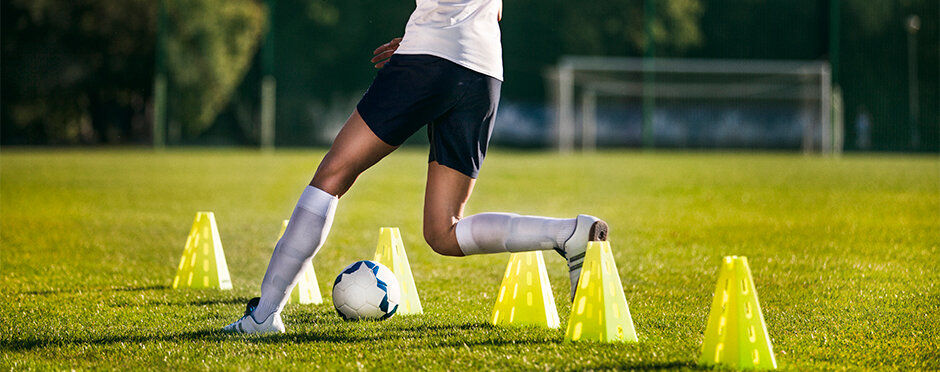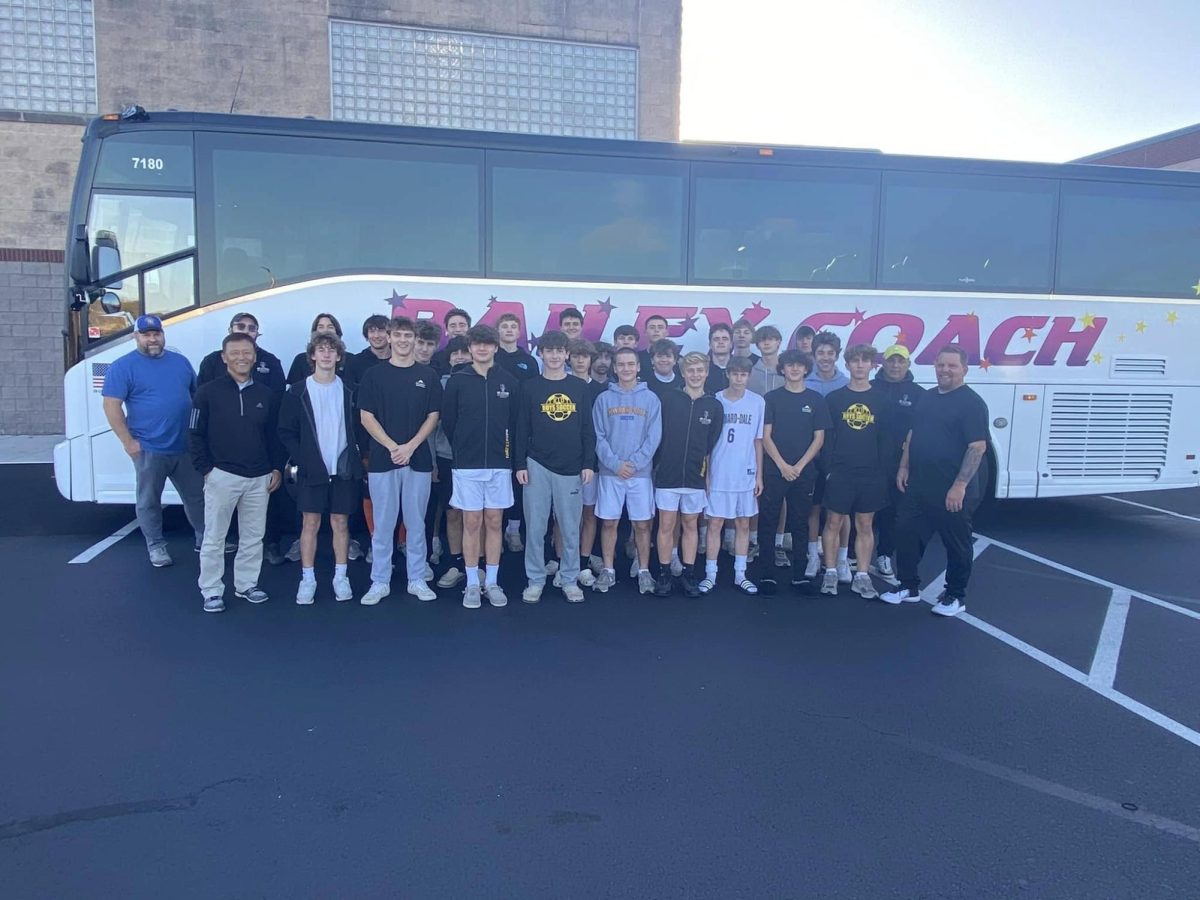New rules are being instituted in various hockey organizations worldwide following the death of former National Hockey League (NHL) forward Adam Johnson. Adam Johnson recently passed away after suffering a severe injury while playing in a game for the Nottingham Panthers in England’s EIHL (Elite Ice Hockey League). Johnson’s injury resulted from a skate blade cutting his throat; he left the game to receive medical attention and died in a hospital hours later. This unfortunate occurrence has significantly impacted many professional and amateur hockey organizations worldwide, with many team owners and organization officials considering the enforcement of mandatory neck guards, among other equipment standards.

In this case, although fatal skate injuries are infrequent, new rules from board members regarding new equipment standards, like mandatory neck guards, should be instated. This will further ensure the safety of players and allow for a playing environment in which players can compete in a high-paced and physical manner without fear of injury.
Regarding professional organizations, the Western Hockey League (WHL) is making neck guards mandatory for all players effective November 23, 2023. The Pittsburgh Penguins organization also has a prominent voice regarding the subject, being that Johnson’s NHL career, although short, took place entirely in Pittsburgh. The Penguins will mandate neck and wrist guards in their American Hockey League and East Coast Hockey League farm teams, convincing many NHL players to do the same.
The Pittsburgh Penguins’ mandate came shortly after the English Ice Hockey Association decided to slowly encourage the use of further protective equipment, such as neck guards, before the gear becomes mandatory in 2024.
In response, the EIHL will not make neck guards mandatory for players but are recorded as saying the equipment is “strongly encouraged.” Many players and fans are shocked by this decision because there has been a piqued interest in enforcing this equipment in places far across the globe but not in the league where the catastrophe occurred.
The NHL Players’ Association has come together with the NHL to discuss additional safety measures and equipment restrictions. These equipment standards will be difficult to enforce in the NHL as players will have differing thoughts on the matter, and there will be concerns about discomfort and movement restriction on the ice due to neck and wrist guards. The league will strive to avoid a negative effect on player performance because it will directly affect game attendance and other aspects of the business side of professional hockey, not just in the NHL but also in other organizations worldwide.
As far as amateur hockey goes, many youth and high school organizations here in America and private club organizations are instituting a mandate for players to wear neck guards. Although there has yet to be any enforcement from USA Hockey, out of consideration for youth athletes, a country-wide mandate to wear neck-guards has been put into effect in Canada, and surely soon enough, the same mandate will be put into place here in America.
Considering athletes’ health, I, personally, believe that a mandate for further equipment restrictions would be best at all levels of hockey to avoid fatality in the sport and to keep athletics a positive and safe environment for athletes to better themselves both physically and mentally. Athletic organizations should work to prevent these horrible mishaps in sports and learn from them when they occur to make better decisions in preventing them before they happen again.






